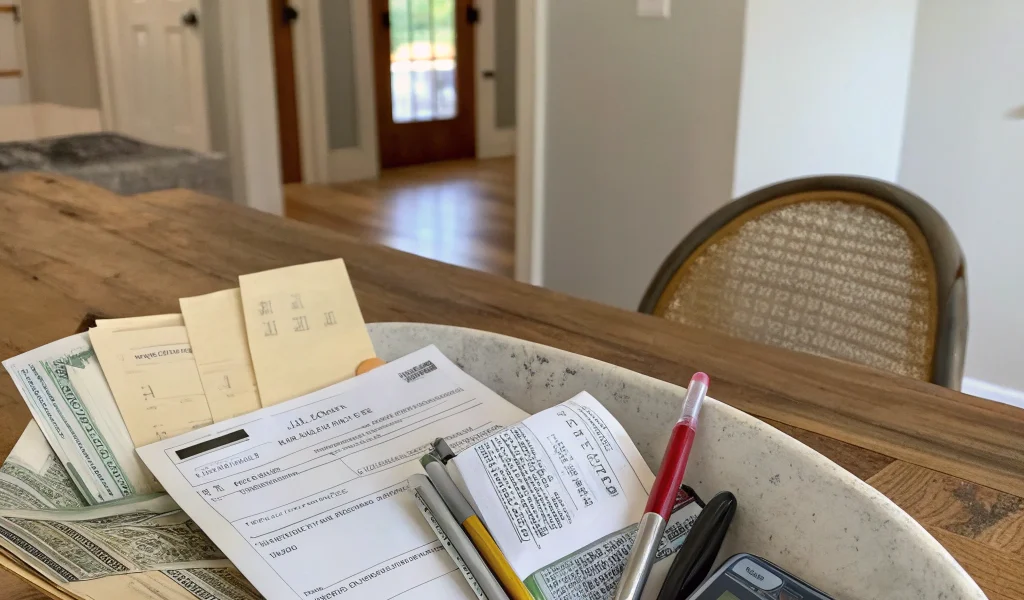Bedroom Painting Costs: A Cozy Dive into Home Renovation Budgeting
You know those lazy Saturday mornings when you wake up, stretch, and take a second to realize that the world outside your window looks a bit like a scene from a Pinterest board? The sunlight pools cat-like across your bedroom floor, and dust motes dance like tiny fairies. Yeah, I was having one of those mornings. Sipping my coffee—now lukewarm, thanks to my endless scroll through Instagram—and contemplating my sad, beige walls that seem to mock me every time I glance their way.
At some point, I thought, “Why not turn this procrastination into something productive?” And just like that, the thought of giving my bedroom a fresh coat of paint somehow morphed from a simple idea into a full-blown home renovation budgeting saga. So, let’s dive into this not-so-epic journey of bedroom painting costs, shall we?
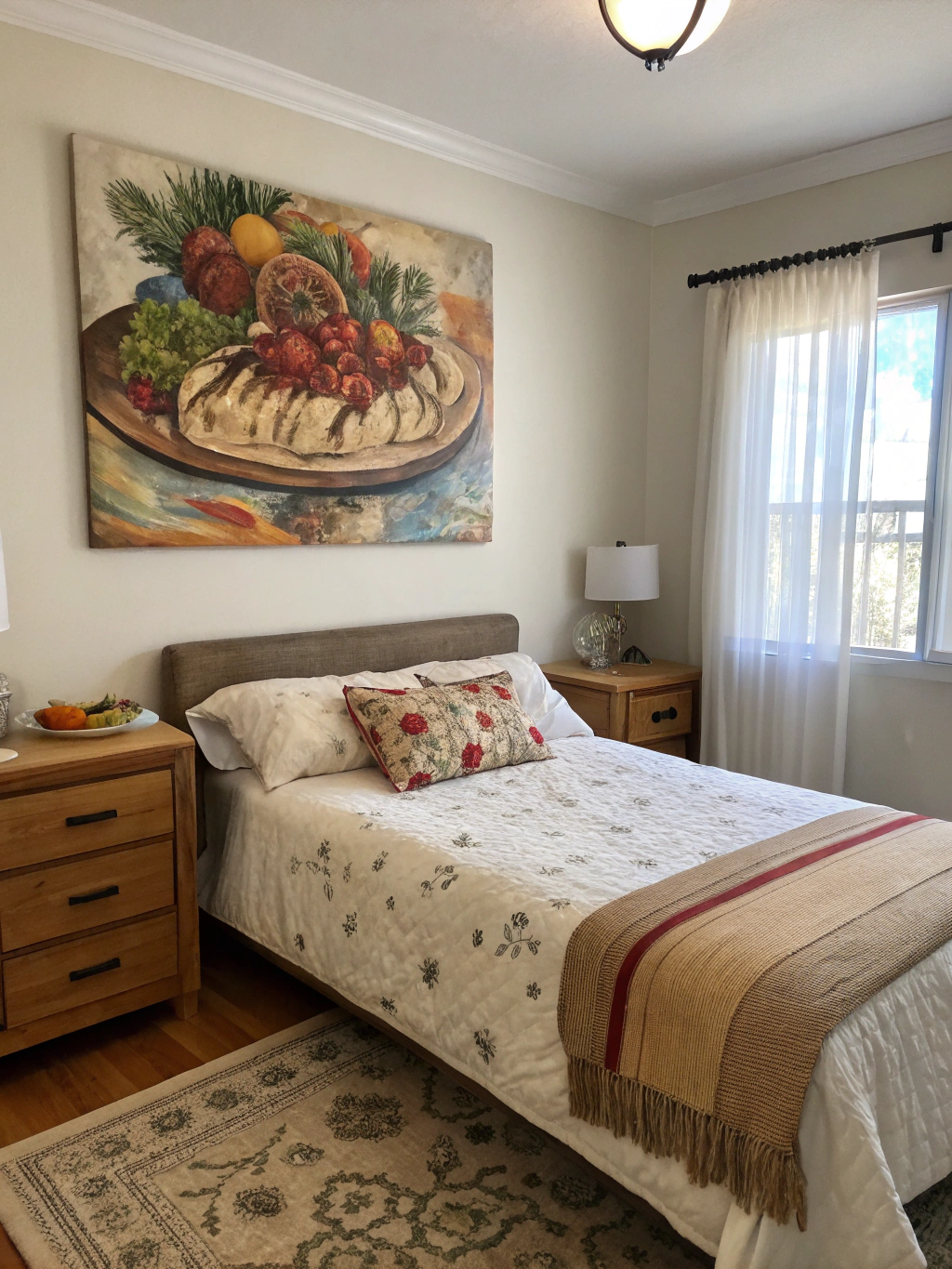
Advertisement
© 2025 AI Illustrator — Inspiration Only
1. Making a Plan (And a Budget)
First things first. You can’t just throw paint on the walls and hope everything will magically work out. Well, you could, but that would undoubtedly end in chaos rather than comfort. Budgeting your home renovation is essential, my friends. Start by figuring out how much you can spend. Here’s a handy breakdown:
- Paint: Prices vary based on brand and finish. Expect to pay $15–$40 per gallon.
- Supplies: Brushes, rollers, painter’s tape, drop cloths, and possibly a ladder can run you another $50-$150, depending on what you need.
- Labor: If you’re thinking of hiring pros, expect to shell out between $200–$800, based on room size and complexity.
Now, before you start hyperventilating at the thought of expenses, take a break! Go grab a cookie—or five. Once you’ve fueled up, you can start planning your space more thoughtfully. Maybe you’ve dreamt of seafoam green or a rich navy blue that feels like a cozy hug. Just remember: It’s not just about the paint; it’s about the whole vibe.
2. Choosing Your Colors Wisely
Now that you’ve planned and set the budget, let’s get to the fun part—picking colors! This is where I might fall into a rabbit hole; have you noticed how many shades of white there are? Snow White, Ghost White, and Ivory Whisper—seriously, why?
A couple of tips:
- Test Samples: Buy small sample pots and paint patches on your wall. Your decision might change when you see it in varying light conditions.
- Mood Matters: Lighter colors create energy, while darker tones can make your space feel tranquil. Think of the mood you want to achieve as you snuggle up in bed with a stack of books balancing on that wobbly side table you promised yourself you’d replace.
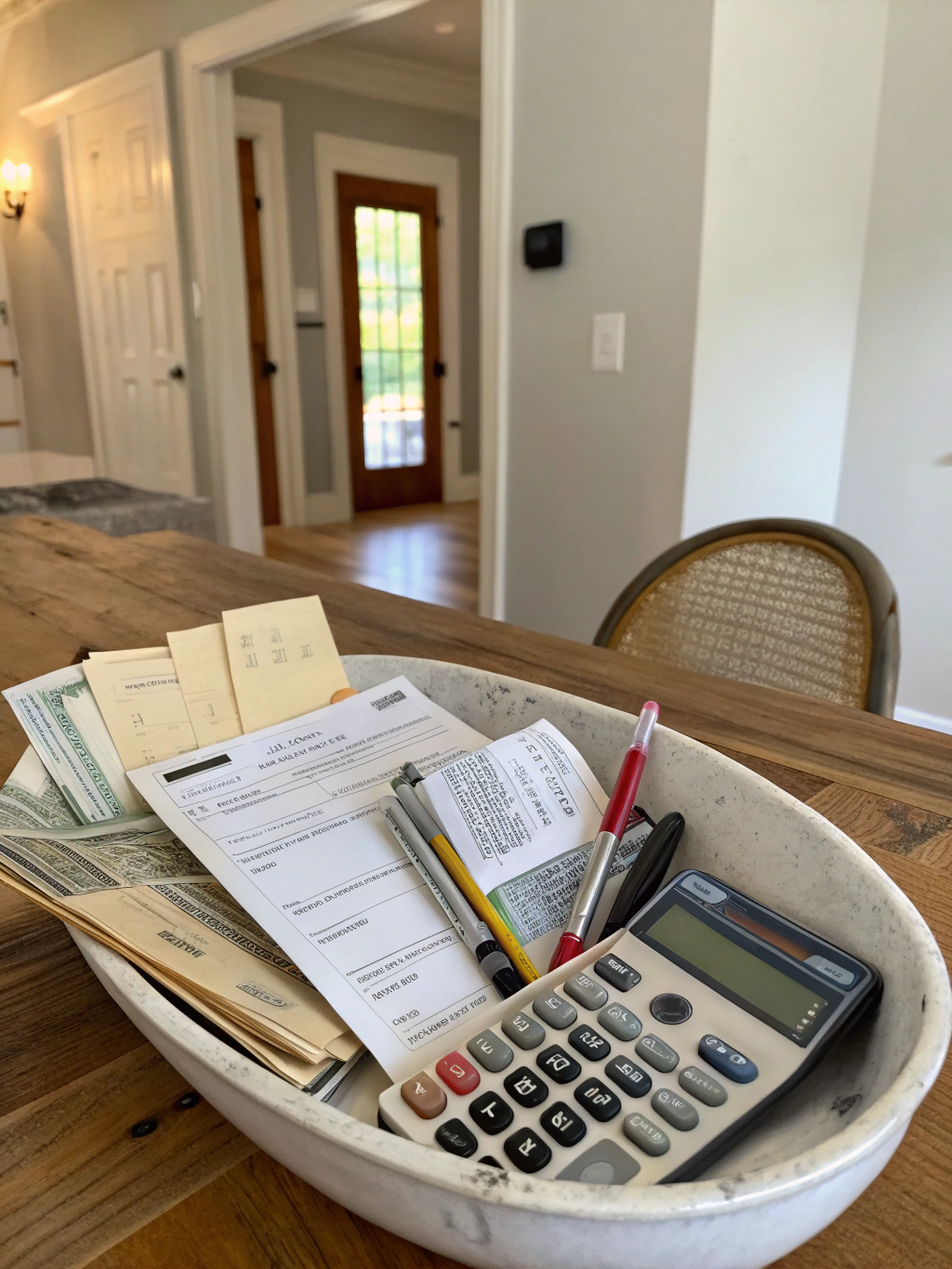
© 2025 AI Illustrator — Inspiration Only
3. DIY vs. Hiring Professionals
Oh, the age-old debate: do you channel your inner DIY guru, or do you hire those professionals who speak fluent paint-speak?
DIY Advantages:
- Cost Savings: You’ll save on labor costs.
- Personal Satisfaction: There’s a unique thrill when you step back and admire your handiwork. (Just don’t forget to snap a before-and-after pic for your Instagram!)
When to Hire Pros:
- Time Constraints: You’re busy binge-watching the latest series on Netflix, and the paint cans are just staring you down.
- Complex Projects: High ceilings or intricate designs? Better leave those to the professionals before you end up like a meme.
Remember that one time I tried DIYing an accent wall with a geometric pattern? I will spare you the details, but let’s just say I used more painter’s tape than paint and ended up with a lot of very interesting angles.
4. Calculating Your Paint Needs
Alright, so you’ve decided to DIY (or not), and you know the color you want. Next comes the fun part: calculating how much paint you need. A standard gallon of paint covers about 350 square feet, but this can depend on the type of paint and the texture of your walls. Pro tip: Always buy a little extra for touch-ups later!
- Room Size: Measure your walls and calculate square footage.
- Ceilings: Don’t forget about those beautiful heights!
This could mean a quick trip to your local hardware store (or, you know, another online order from Home Depot while in your pajamas).
5. Factor in the Extras
When budgeting, don’t just think about the paint. Extras can sneakily add up and derail your home renovation budgeting like it’s a Netflix cliffhanger.
- Primer: If you’re making a drastic color change or painting a porous surface, primer is your best friend.
- Topcoats: Quality paint needs quality topcoats. This is especially true if you’re opting for a satin or semi-gloss finish to avoid the dreaded dull wall.
Besides, who doesn’t want to gaze at walls that have kept all the drama of life at bay—while you sip coffee and recline in your favorite chair?
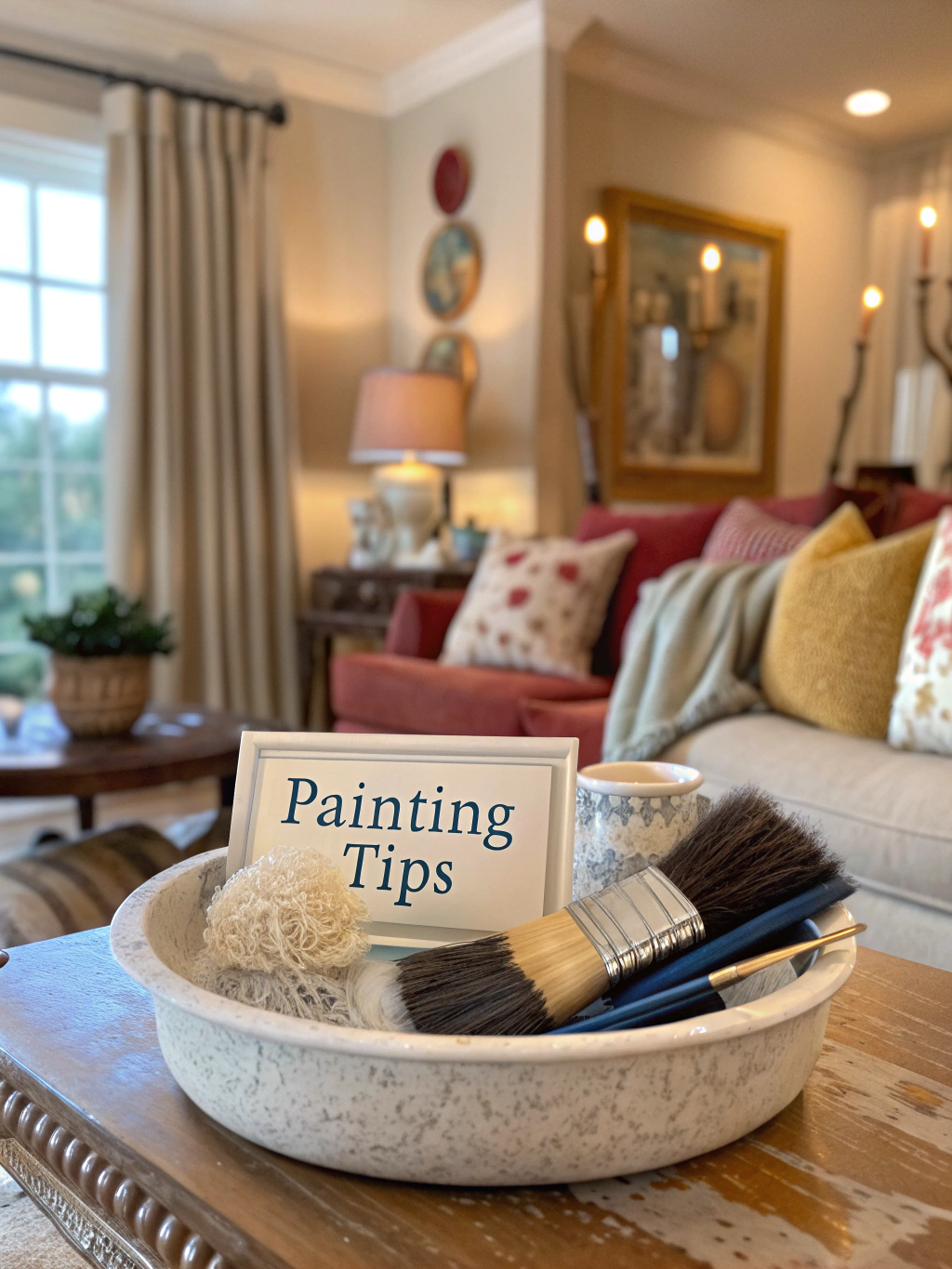
🏠 Home Decor Style Quiz
Find your perfect interior design style
1. What's your ideal weekend morning?
© 2025 AI Illustrator — Inspiration Only
Which Living Room Color Palette Fits You Best?
Discover the palette that reflects your style — take our free quick quiz and get instant decor inspiration!
Take the Quiz Now6. Create a Timeline
If you’re anything like me, a haphazard approach to time can lead to painting a single wall over an entire weekend, only to realize Monday is approaching. To avoid turning your bedroom into a chaotic mess that’ll require a recovery period, create a realistic timeline.
- Prep Work: This might take a day or two.
- Painting Days: Set aside a full day for painting, possibly even two, depending on how many coats you’ll need.
- Cure Time: Paint takes time to settle, so allow a few days (ideally one week) before hanging art or reassembling furniture.
Planning gives your space—like your life—some structure, even if it means you have to plan around your binge sessions.
7. Final Touches
You’ve painted, and it’s looking fabulous! Now, let’s talk about the final touches. Accessorizing can be such a cozy delight. Imagine a soft velvet throw blanket draped artfully across your newly painted bedspread, mixing textures and colors in a dance of comfort.
- Artwork: Bring in the character! Invest in a good piece of art that resonates with you.
- Lighting: Add a lampshade or fairy lights for a whimsical touch.
Don’t forget about those little, unique knickknacks that tell a story. For me, it’s a tiny cactus from that road trip I didn’t plan but happened upon and reaffirmed my spirit.
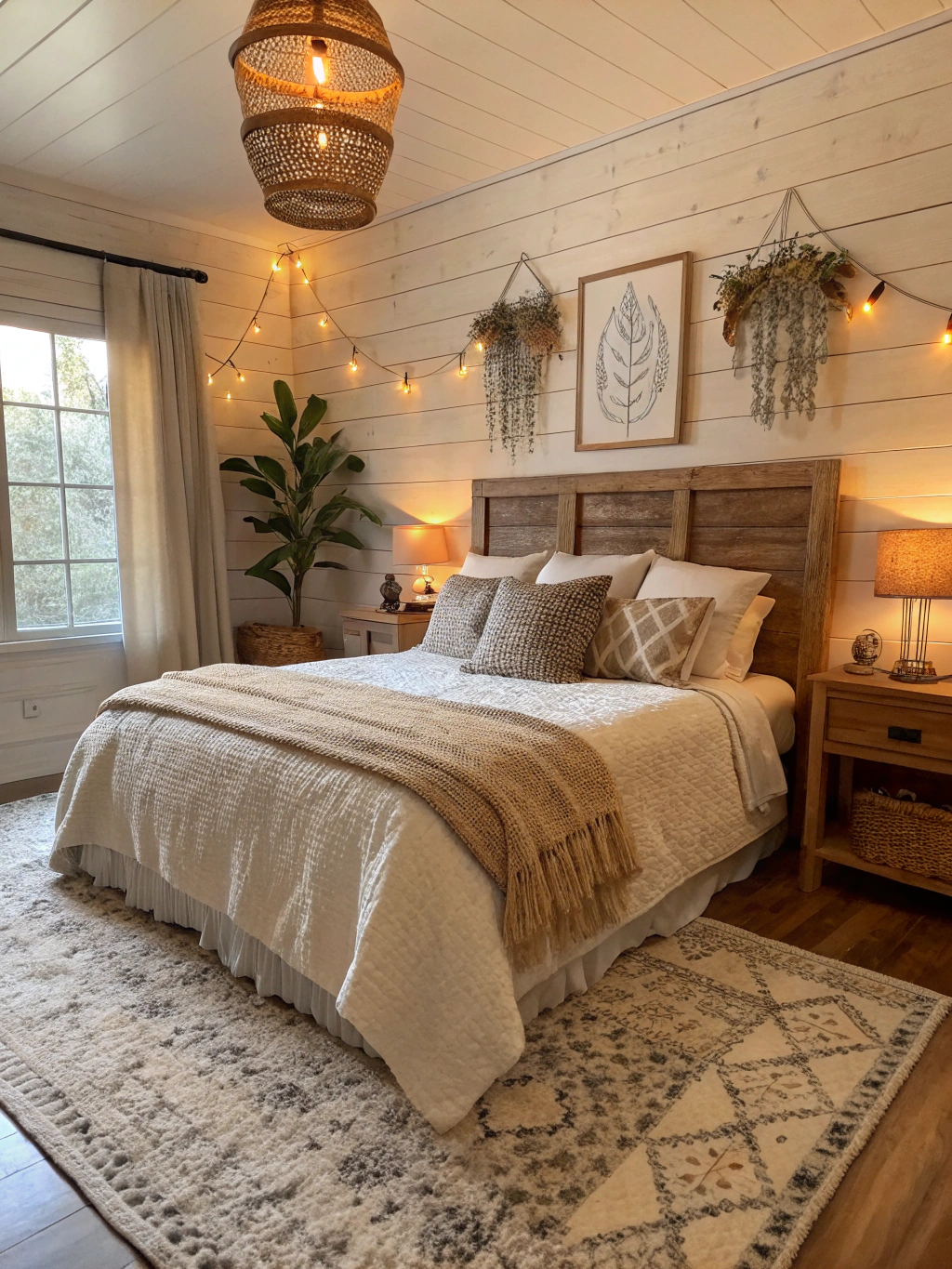
© 2025 AI Illustrator — Inspiration Only
Conclusion: Reflect and Enjoy
As I nestle back into my freshly painted bedroom, the smell of paint lingering slightly in the air, I can’t help but feel a profound sense of satisfaction. This project didn’t just add a splash of color; it breathed new life into my space—matched by the gentle warmth of my sunlight-filled room.
Remember, home renovation budgeting doesn’t have to be daunting. It’s an adventure in creating a space that reflects who you are and what you love. So whether you dive in headfirst or take it slow and steady, embrace the process.
Now, if you’ll excuse me, I think that pile of laundry might be mocking me, too. But for now? I’ll just sip my coffee and bask in the glory of my new walls. Cheers to home sweet home!

